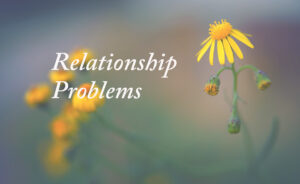(1) Titiksha is about the ability to bear the outer shocks of life. It increases the power of forebearance, to bear things, to endure, sahanshakti. Its principle is not to be driven by the physical and vital forces that draw our responses and reaction. By this practice the knot of the vital ego gets loosened and the strings of consciousness gets detached from outer situations to facilitate going within. It is a passive practice that helps immensely in spiritual progress.
Tolerance on the other hand is a virtue that is often professed, seldom practiced and when practiced, ends up flattering the sattwic ego of righteousness. It is an action, an inner movement. There is hardly any spiritual merit in it. Yet it can be used as a springboard to develop equality.
However whether through forebearance and patient endurance or through tolerance, equality has a dynamic side. It means no more to react under the stress of the ego and its ignorant reactions but to act according to the Truth of things, Dharma, to take a transpersonal or suprapersonal standpoint, to act with the sole idea of helping the truth to manifest within us and in the world and in the people involved. Passive equality helps us to step back from surface reactions and have the right perception and right understanding of people and things. Dynamic equality helps us to give the right response without being clouded by personal emotions and reactions.
(2) There are no limits to tolerance because a realised being is not hurt being free from egoism. But by then his tolerance has changed into peace, wideness and compassion that looks behind appearances and sees the soul rather than the surface personality. But a realised person may act with great force and powerfully and even destroy the perpetrators of evil and wrong doers but without any hatred, inner disturbance nor carry any inner reactions as backlash. And if the person changes the attitude then the realised person does not carry it forward and is quick to forgive and embrace with love the next moment letting go of the past response.
Affectionately,
Alok Da



